Portland, September 13th. On Thursday, 6,000 Vaux’s Swift were were spotted by the Audubon Society of Portland during what’s described as, “One of Portland’s most spectacular natural events.” Thousands of Vaux’s Swifts gather in the city as they prepare to migrate to Central America and Venezuela. (Photo Credit, KOV Photography)
Every September, bird lovers gather to watch Vaux’s Swifts prepare to roost for the night at Chapman Elementary School (1445 NW 26th Ave., Portland.) As of this week, Swifts have been present in numbers ranging from 2,000-15,000.
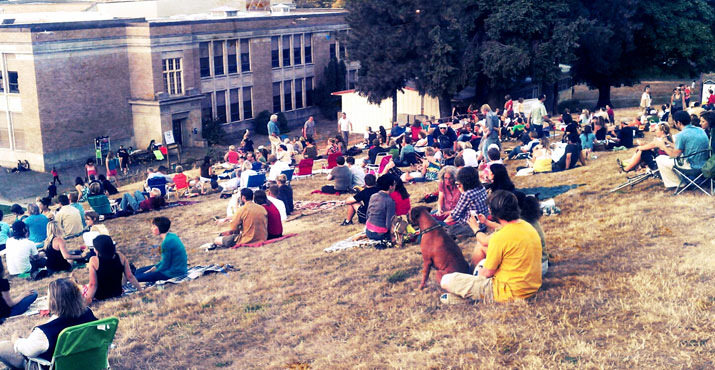
Hundreds watch Vaux’s Swifts prepare to roost for the night. It happens one hour before sunset, each night in September
Vaux’s Swifts are using the Chapman chimney as an evening roost during their fall migration, and there’s still time to see them. Grab a seat on the school lawn and in neighboring Wallace Park to observe the birds gathering. On most evenings, Audubon volunteers will be on hand to share information.
Migrating swifts often use chimneys as roosts (places to sleep), and they are likely to return to the same roost year after year. One swift population has been returning to the Chapman chimney since the 1980s, and it is one of the largest known roosting sites of migrating Vaux’s Swifts.
Here’s a video from a Swift Watch:
Here’s more information about the work of the Audubon Society of Portland, which promotes the understanding, enjoyment, and protection of native birds, other wildlife and their habitats.
Conservation: We protect and advocate for birds and other wildlife in our city and across the region. We also work to ensure all Portland-area residents have easy access to nature.
Education: Our expert educators offer environmental camps, classes and trips for all ages.
Wildlife rehabilitation: Our Wildlife Care Center provides specialty care for native wild animals that are injured or orphaned. The center also answers inquiries about living with urban wildlife.
Sanctuaries: We run nature sanctuaries in the mountains, city and coast. They protect habitat, showcase healthy ecosystems, and provide places for people to connect with nature.
Birding: We help people of all ages and backgrounds get involved in birding by organizing a variety of birding and natural history activities.











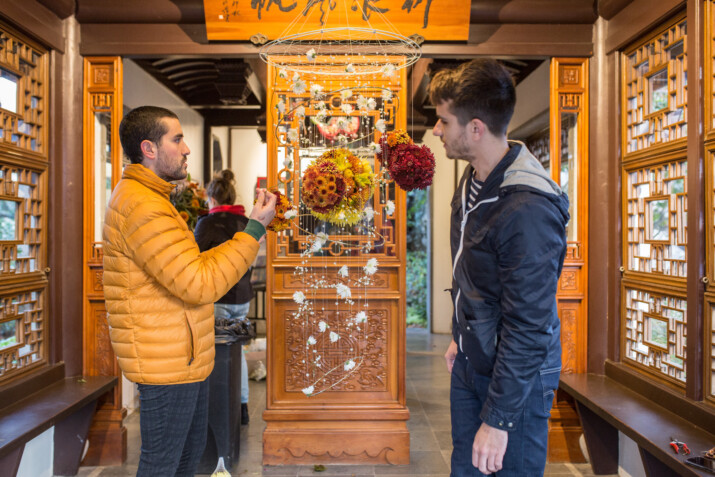
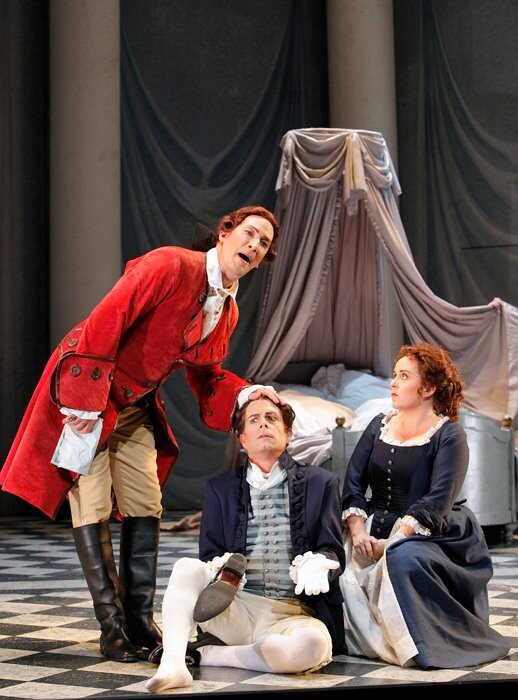
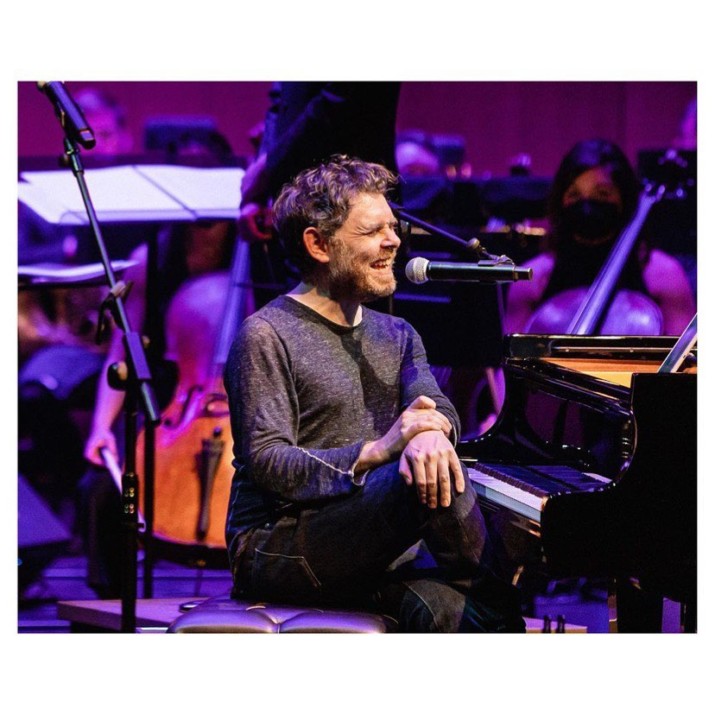

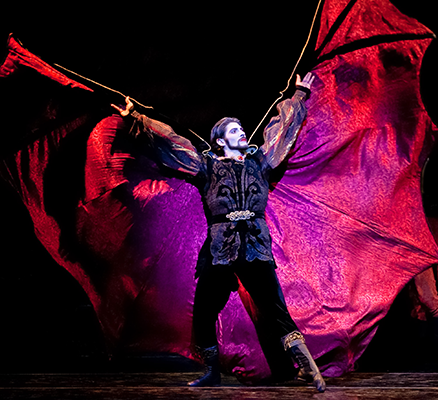

If you have not gone before, please check Audubon’s web page: http://audubonportland.org/local-birding/swiftwatch for important information on timing & parking. This can save you lots of time and frustration.